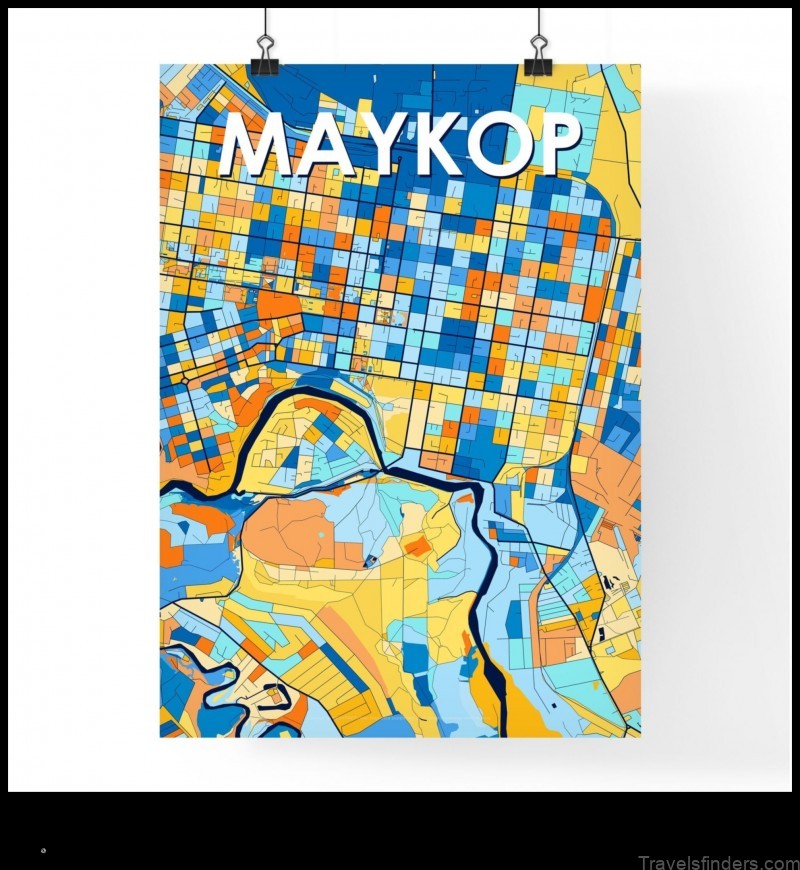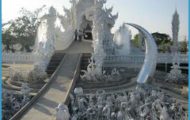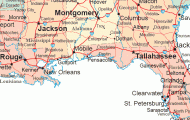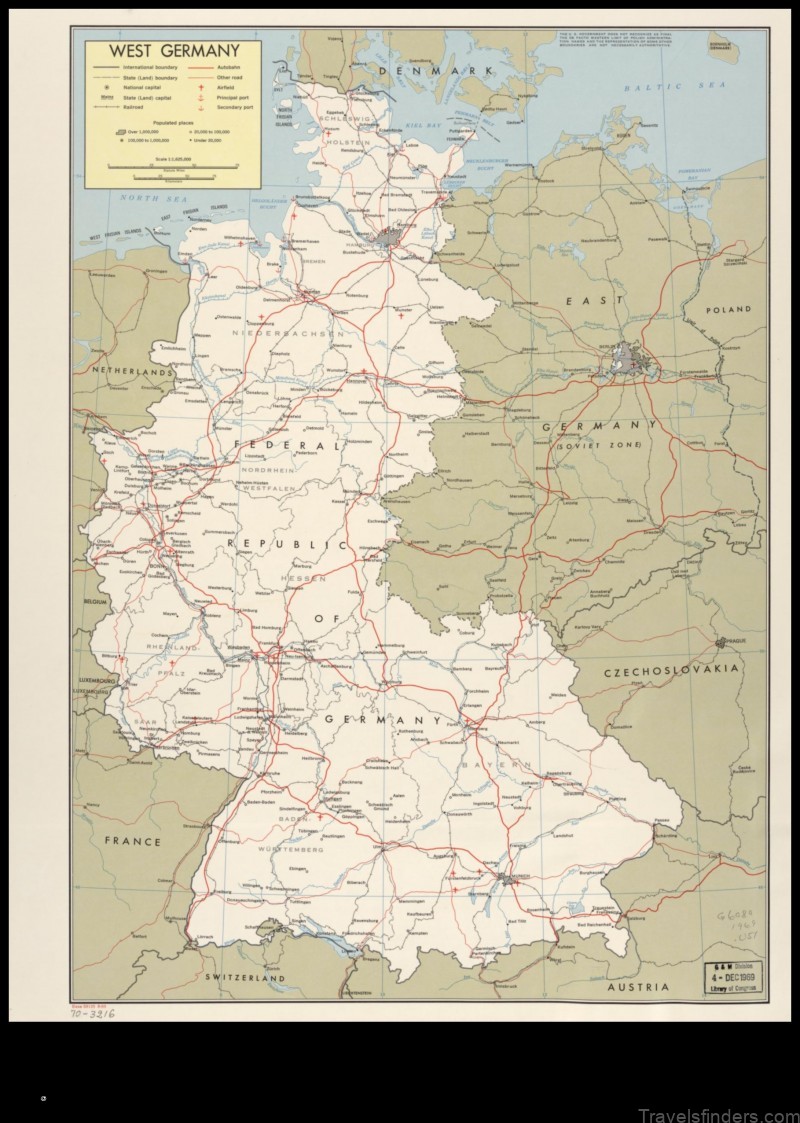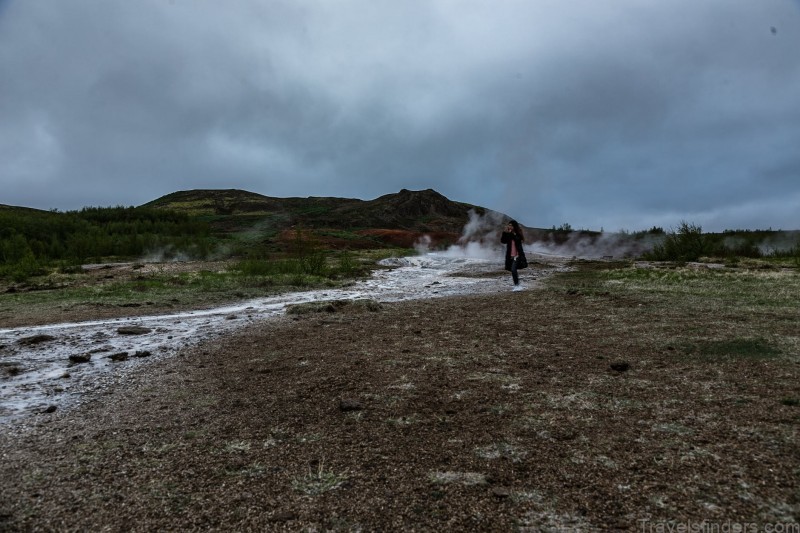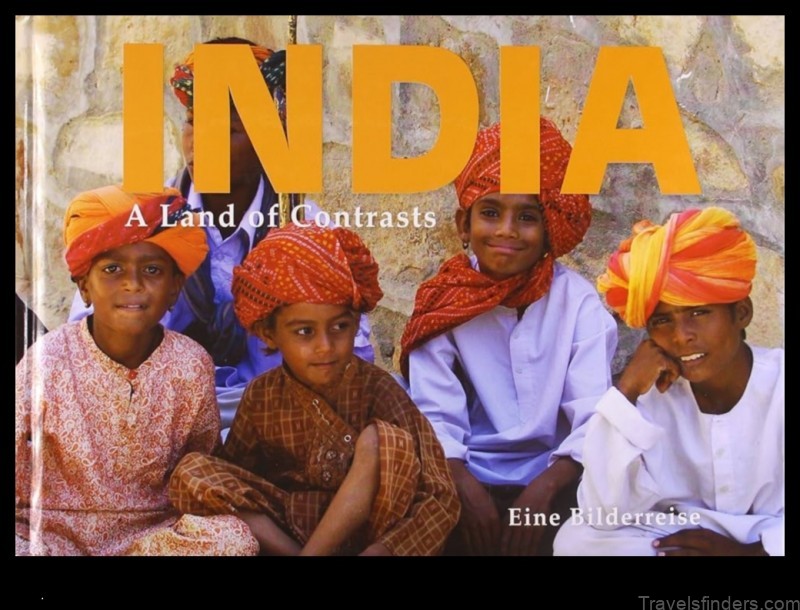
India is a country in South Asia. It is the seventh-largest country by area and the second-most populous country with over 1.3 billion people. India is a federal republic governed by a parliamentary system. The capital of India is New Delhi.
India is a diverse country with a rich history and culture. It is home to many different religions, languages, and ethnic groups. India is also a major economic power and is one of the fastest-growing economies in the world.
Here are some links to more information about India:
| Topic | Features |
|---|---|
| India map | Shows the location of India in the world, its borders, major cities, and landmarks. |
| Political map of India | Shows the political divisions of India, including states and union territories. |
| Physical map of India | Shows the physical features of India, including mountains, rivers, and deserts. |
| Map of India states | Shows the boundaries of India’s states and union territories. |
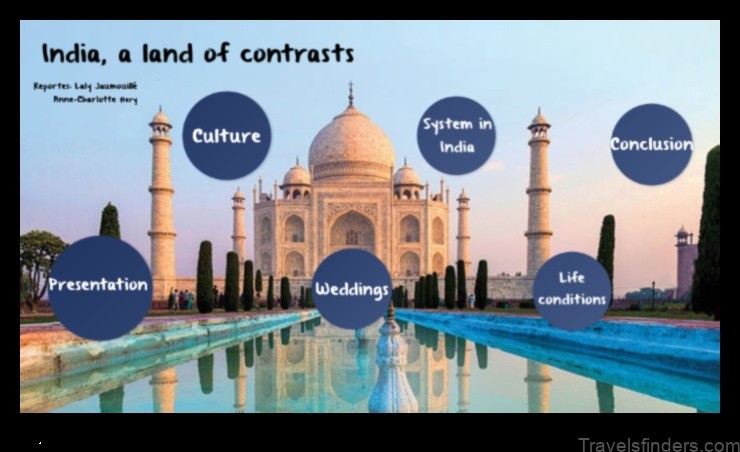
II. History of India
The history of India is a long and complex one, spanning over 5,000 years. The earliest known civilizations in India were the Indus Valley Civilization (3300-1300 BCE) and the Harappan Civilization (2600-1900 BCE). These civilizations were located in the Indus River Valley, in what is now Pakistan and northwestern India.
The first major Indian empire was the Mauryan Empire, which ruled from 321 to 185 BCE. The Mauryan Empire was founded by Chandragupta Maurya, who conquered most of the Indian subcontinent. The Mauryan Empire was a highly centralized state, with a strong bureaucracy and a well-developed military.
After the fall of the Mauryan Empire, India was ruled by a series of smaller kingdoms and empires. These included the Gupta Empire (320-550 CE), the Chola Empire (850-1279 CE), and the Delhi Sultanate (1206-1526 CE).
In 1526, Babur, a Turkic-Mongol conqueror, invaded India and founded the Mughal Empire. The Mughal Empire was the last major empire to rule India. The Mughal Empire was a multi-ethnic and multi-religious empire, and it is credited with spreading Islam to much of India.
The Mughal Empire began to decline in the 18th century, and by the early 19th century, it had been conquered by the British East India Company. The British ruled India for over 200 years, and during this time, India was transformed into a major global power.
In 1947, India gained independence from Britain. Since then, India has become a major world power, with a rapidly growing economy and a vibrant democracy.
III. Geography of India
India is located in the southern part of Asia. It is bordered by Pakistan to the west, China, Nepal, and Bhutan to the north, Bangladesh and Myanmar to the east, and the Indian Ocean to the south. India has a total area of 3,287,263 square kilometers (1,269,219 sq mi), making it the seventh-largest country in the world.
India has a diverse landscape, with mountains, deserts, forests, and plains. The Himalayas are located in the north of India, and the Thar Desert is located in the west. The Gangetic Plain is located in the north-central part of India, and the Deccan Plateau is located in the south.
India has a tropical climate, with hot summers and cool winters. The average temperature in January is around 20 degrees Celsius (68 degrees Fahrenheit), and the average temperature in July is around 35 degrees Celsius (95 degrees Fahrenheit).
India is home to a wide variety of flora and fauna. There are over 100,000 species of plants in India, and over 50,000 species of animals. Some of the most famous animals in India include the tiger, the elephant, the rhinoceros, and the lion.
India is a very diverse country, with over 200 languages spoken. The official languages of India are Hindi and English.
IV. Geography of India
India is located in the Indian subcontinent in South Asia. It is the seventh-largest country in the world by land area and the second-most populous country after China. India is bordered by Pakistan to the northwest, China, Nepal, and Bhutan to the north, Bangladesh and Myanmar to the east, and Sri Lanka and the Maldives to the south. The Indian Ocean lies to the south and the Arabian Sea to the west.
India has a diverse landscape, ranging from the snow-capped Himalayas in the north to the tropical rainforests of the south. The country is home to a wide variety of flora and fauna, including tigers, elephants, lions, and leopards. India also has a rich cultural heritage, with a long history of art, music, and dance.
India is a federal republic, with a parliamentary system of government. The President of India is the head of state, while the Prime Minister is the head of government. The legislature is bicameral, consisting of the Lok Sabha (House of the People) and the Rajya Sabha (Council of States).
India is a developing country, but it has a rapidly growing economy. The country is a major exporter of goods such as textiles, tea, and software. India is also a major tourist destination, with attractions such as the Taj Mahal, the Golden Temple, and the Ganges River.
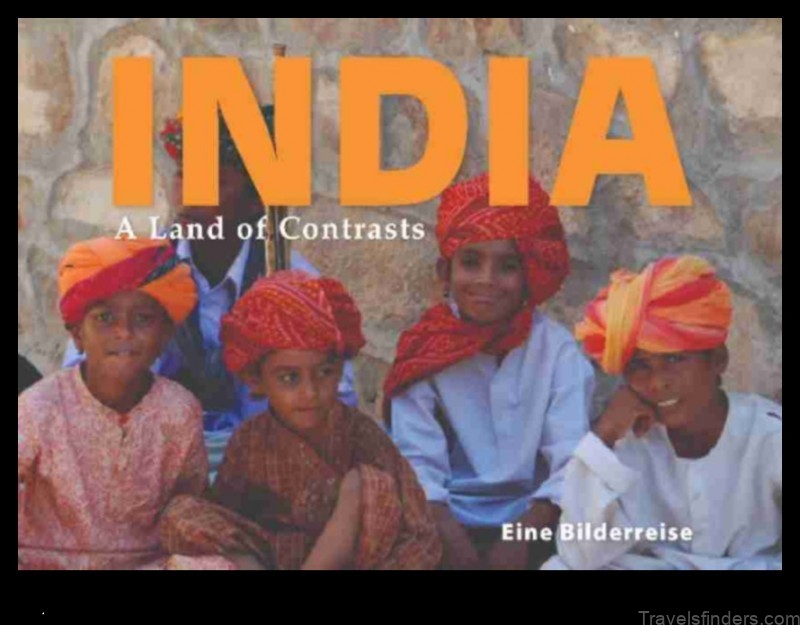
V. Culture of India
The culture of India is a diverse one, reflecting the country’s many religions, languages, and regions. Some of the most important aspects of Indian culture include its music, dance, literature, and cuisine.
Indian music is one of the oldest and most varied in the world. It has a long history, dating back thousands of years, and is influenced by a variety of cultures, including Hindu, Muslim, and Buddhist. There are many different types of Indian music, including classical music, folk music, and film music.
Indian dance is also very diverse, with a wide variety of styles and forms. Some of the most popular types of Indian dance include Bharatanatyam, Kathak, and Odissi. Indian dance is often performed at religious festivals and ceremonies, as well as at social events.
Indian literature is also very rich and varied. It includes works in a variety of languages, including Hindi, Urdu, Bengali, Tamil, and Telugu. Some of the most famous works of Indian literature include the Ramayana, the Mahabharata, and the Bhagavad Gita.
Indian cuisine is one of the most popular in the world. It is characterized by its use of a variety of spices, herbs, and vegetables. Some of the most popular dishes in Indian cuisine include tandoori chicken, biryani, and naan.
The culture of India is a vibrant and dynamic one that is constantly evolving. It is a melting pot of different cultures, religions, and languages, and it is a fascinating place to visit and explore.
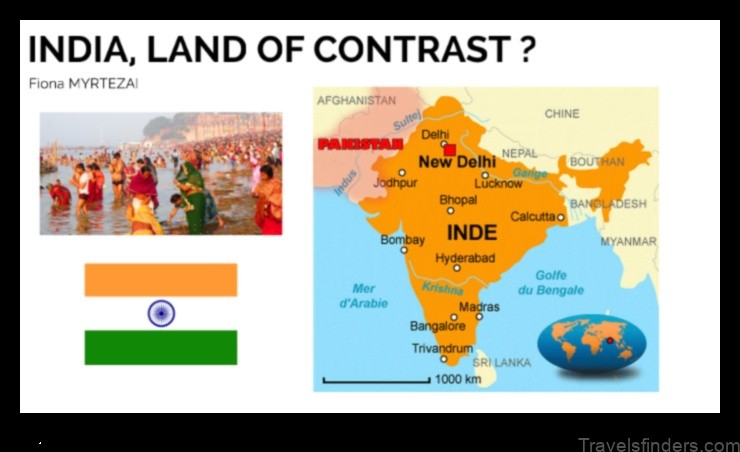
VI. Economy of India
The economy of India is the seventh-largest in the world by nominal GDP and the third-largest by purchasing power parity (PPP). It is a developing economy with a high growth rate. The economy is diverse, with a wide range of sectors, including agriculture, manufacturing, services, and IT. India is a member of the G20, the BRICS, and the WTO.
The Indian economy has been growing at a rapid pace in recent years. In 2018, the GDP grew by 7.3%, and in 2019, it is expected to grow by 7.5%. This growth is being driven by a number of factors, including a strong domestic demand, rising investment, and a favorable external environment.
India’s economy is expected to continue to grow at a rapid pace in the coming years. The World Bank projects that the GDP will grow by 7.3% in 2020 and 7.5% in 2021. This growth will be driven by a number of factors, including a rising middle class, increasing urbanization, and a growing manufacturing sector.
Despite its rapid growth, India still faces a number of challenges. These include poverty, inequality, corruption, and a lack of infrastructure. However, the government is working to address these challenges, and it is confident that India will be able to achieve its goal of becoming a developed country by 2024.
Government of India
The Government of India is a federal parliamentary republic consisting of 28 states and 7 union territories. The President of India is the head of state and the Prime Minister of India is the head of government. The legislature is bicameral, consisting of the Lok Sabha (House of the People) and the Rajya Sabha (Council of States). The judiciary is independent of the executive and the legislature.
The Government of India is responsible for a wide range of functions, including:
- Defence
- Foreign affairs
- Internal security
- Economic policy
- Social welfare
- Education
- Health care
The Government of India is also responsible for the implementation of laws passed by the Parliament of India.
People of India
The people of India are a diverse group, with a wide range of languages, religions, and cultures. The majority of Indians are Hindu, but there are also large populations of Muslims, Christians, Sikhs, and Buddhists. The official languages of India are Hindi and English, but there are over 200 other languages spoken in the country.
The people of India are known for their hospitality, their resilience, and their determination. They have faced many challenges in their history, but they have always come together to overcome them.
India is a rapidly developing country, and the people of India are playing a leading role in this development. They are scientists, engineers, doctors, teachers, and entrepreneurs. They are also artists, musicians, and poets. The people of India are making a positive contribution to the world, and they are an inspiration to us all.
IX. Languages of IndiaIndia is a multilingual country with over 22 official languages. The most widely spoken language is Hindi, which is spoken by about 44% of the population. Other major languages include Bengali, Telugu, Marathi, Tamil, Urdu, Gujarati, and Malayalam.
The languages of India are classified into four major language families: Indo-Aryan, Dravidian, Austroasiatic, and Sino-Tibetan. Indo-Aryan languages are the most widely spoken in India, and include Hindi, Urdu, Bengali, Gujarati, Marathi, and Punjabi. Dravidian languages are spoken in southern India, and include Tamil, Telugu, Kannada, and Malayalam. Austroasiatic languages are spoken in northeastern India, and include Munda and Khasi. Sino-Tibetan languages are spoken in the Himalayan region of India, and include Tibetan and Ladakhi.
The languages of India are a rich and diverse part of the country’s culture. They are used in everyday communication, in literature, in music, and in dance. The languages of India are also a source of national pride, and they are used to express the unique identity of the Indian people.
X. FAQ
Q: What is the capital of India?
A: The capital of India is New Delhi.
Q: What are the major languages spoken in India?
A: The major languages spoken in India are Hindi, English, Bengali, Telugu, Marathi, Tamil, Urdu, Gujarati, and Malayalam.
Q: What are the major religions practiced in India?
A: The major religions practiced in India are Hinduism, Islam, Christianity, Sikhism, and Buddhism.

